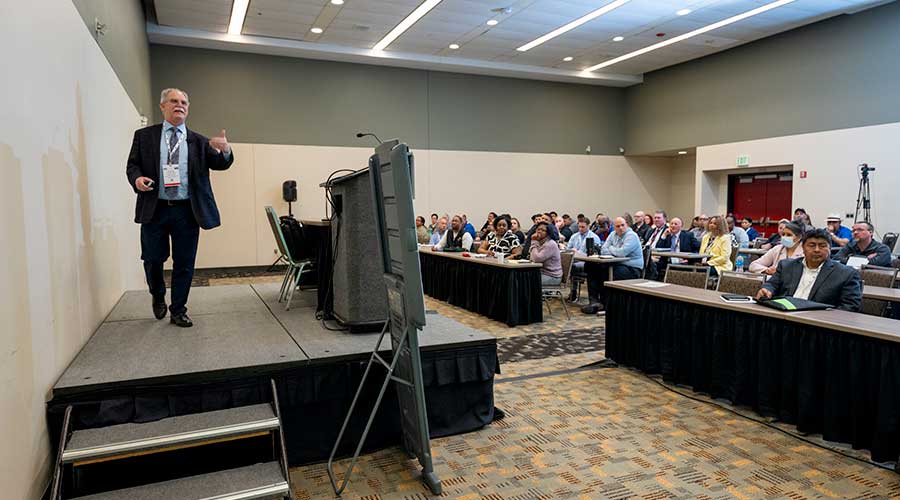For facility managers responsible for maintaining clean, safe, and healthy environments, selecting or negotiating cleaning services is more than a numbers game. In this video from Clean Buildings Conference, which co-located with NFMT Baltimore, Stan Hulin from Future Facility Technology, offers an in-depth look at how facility leaders can better assess their buildings’ unique needs — and ensure cleaning proposals align with real-world conditions, not just budget lines.
While property managers and cleaning contractors often negotiate with their own interests in mind, it’s the building itself that should guide the scope of services. Every building is unique, with its own layout, usage patterns, and environmental conditions — and if you “listen” closely, the building will reveal what it truly needs to stay clean, safe, and healthy.
Facility managers should start with a clear understanding of the building’s characteristics. Are high-traffic areas like lobbies or corridors receiving the right level of attention? Are materials like stone, rubber, or polished concrete being treated with appropriate techniques and products? Does seasonal weather bring in additional soil, salt, or moisture that accelerates wear?
Environmental and operational factors — such as location, soil type, congestion, and pedestrian movement — were highlighted as essential components of a building assessment. Foot traffic doesn’t just move people; it also grinds dirt, dust, and abrasive particles into flooring. That wear can increase costs over time, reduce indoor air quality, and affect the building’s appearance — all of which fall squarely within a facility manager’s concerns.
Cleaning proposals should never be built solely around budget. Instead, they should be grounded in thorough assessment data. Facility managers who engage with service providers to walk the building, discuss expectations, and align on cleanliness standards are more likely to create a program that works — both operationally and financially.
Log in or join fnPrime to watch the video and earn continuing education credits.





